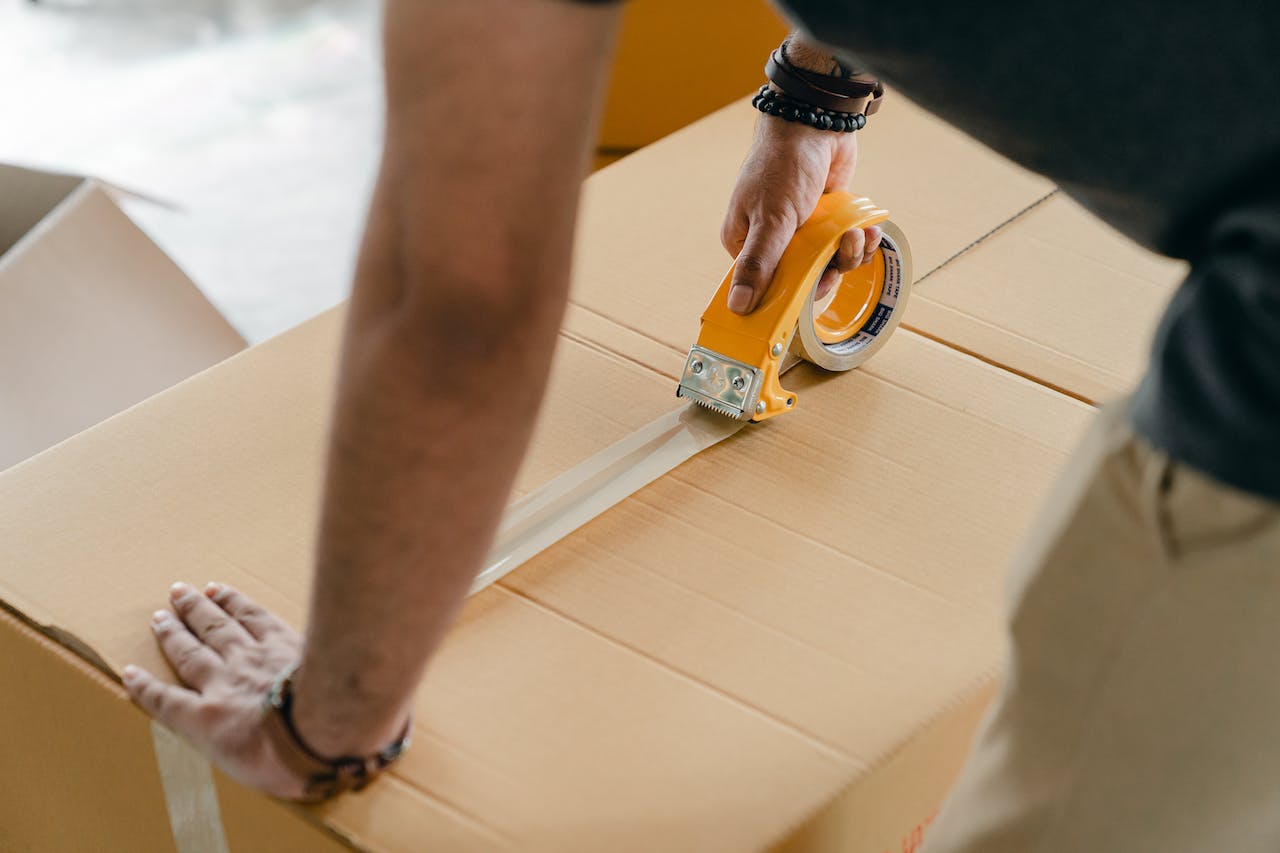Things to do for Valentine’s Day
Posted on 2 February 2024 by Mark
Valentine’s Day 2023 is just around the corner! And, there’s still that niggling thought on many people’s minds, “where to go on Valentine’s Day?” Whether you choose to spend Valentine’s Day with your partner, close friends and family, or just enjoying your own company, we’ve got some ideas for what you can get up to. […]
Your Guide To Finding The Right E-commerce Courier
Posted on 9 January 2024 by Mark

When it comes to running a successful e-commerce business, choosing the right courier is crucial. Your chosen courier will be responsible for delivering your products to customers in a timely and professional manner, ensuring that their business experience is a positive one. But with so many courier options available, how do you ensure that you […]
Your Guide to Irish Parcels
Posted on 7 November 2023 by Mark
Are you new to Irish Parcels? If you’re not familiar with us, or how our service works, let us explain it. Whether you’re a first-time or experienced shipper, we strive to simplify the shipping process with an affordable and convenient solution, saving you time and money! Who are Irish Parcels? Irish Parcels offer a fast, […]
Shipping During Peak Seasons: Holiday Survival Guide
Posted on 16 October 2023 by Mark
Most e-commerce companies can count on a significant uptick in business during the months surrounding the winter holidays. For businesses that sell directly to customers online, the holiday shopping season is crucial. You'll need a foolproof shipping plan and efficient fulfillment procedures to keep up with the enormous volume in such a short time. With […]
Step By Step Guide To Becoming An E-commerce Seller
Posted on 15 August 2023 by Mark

If you're considering starting your own eCommerce business, you should have a crystal clear and in-depth understanding of what it takes to be successful as an online seller. Only then can you hope to attain any measure of achievement. Continue reading to find out what you need to launch an online storefront before you go […]
Guide To Creating Packaging For Your E-commerce Products
Posted on 12 May 2023 by Mark
The closest your company will get to giving your customers a personalised touch is through eCommerce packaging. The best eCommerce packaging combines the appropriate box and infill for the finest unboxing experience. These minor adjustments transform the packaging of your product from a standard delivery to a totally unique one. BUT you need to remember […]
6 Things To Look For When Choosing A Courier For Your Shipping
Posted on 7 February 2023 by Mark
There are lots of businesses that rely on couriers and delivery services to keep their business afloat. Whether they’re delivering to consumers or even other businesses, this requires a timely and reliable courier service provider that will ensure they get their goods in one piece. But how do you go about choosing the right courier […]
Guide To Shipping Unusual Items
Posted on 10 November 2022 by Mark
Whether you run a business or you’re simply selling belongings that you no longer need, there might be times when you’re required to ship unusual items. These could be large, heavy, oddly-shaped or very fragile, but whatever the case may be, you need to prepare these correctly. Essentially, you need to make sure that you […]
8 Reasons To Choose Irish Parcels
Posted on 2 November 2022 by Mark
At Irish Parcels, we provide a fast, reliable and affordable parcel delivery service. We strive to simplify the shipping process, resulting in both businesses & individuals saving valuable time and money. Whether you're sending a gift to loved ones or a package to a customer, our service is perfect. Listed below are the 8 reasons […]
4 Payment Processing Options For Online Businesses
Posted on 16 August 2022 by Mark
There are lots of reasons to start and run an online business. It can help to eliminate some of the costs associated with having a brick-and-mortar business, it opens you up to a much larger customer base, or you could just use this to support sales alongside a brick-and-mortar shop. Of course, there are lots […]

